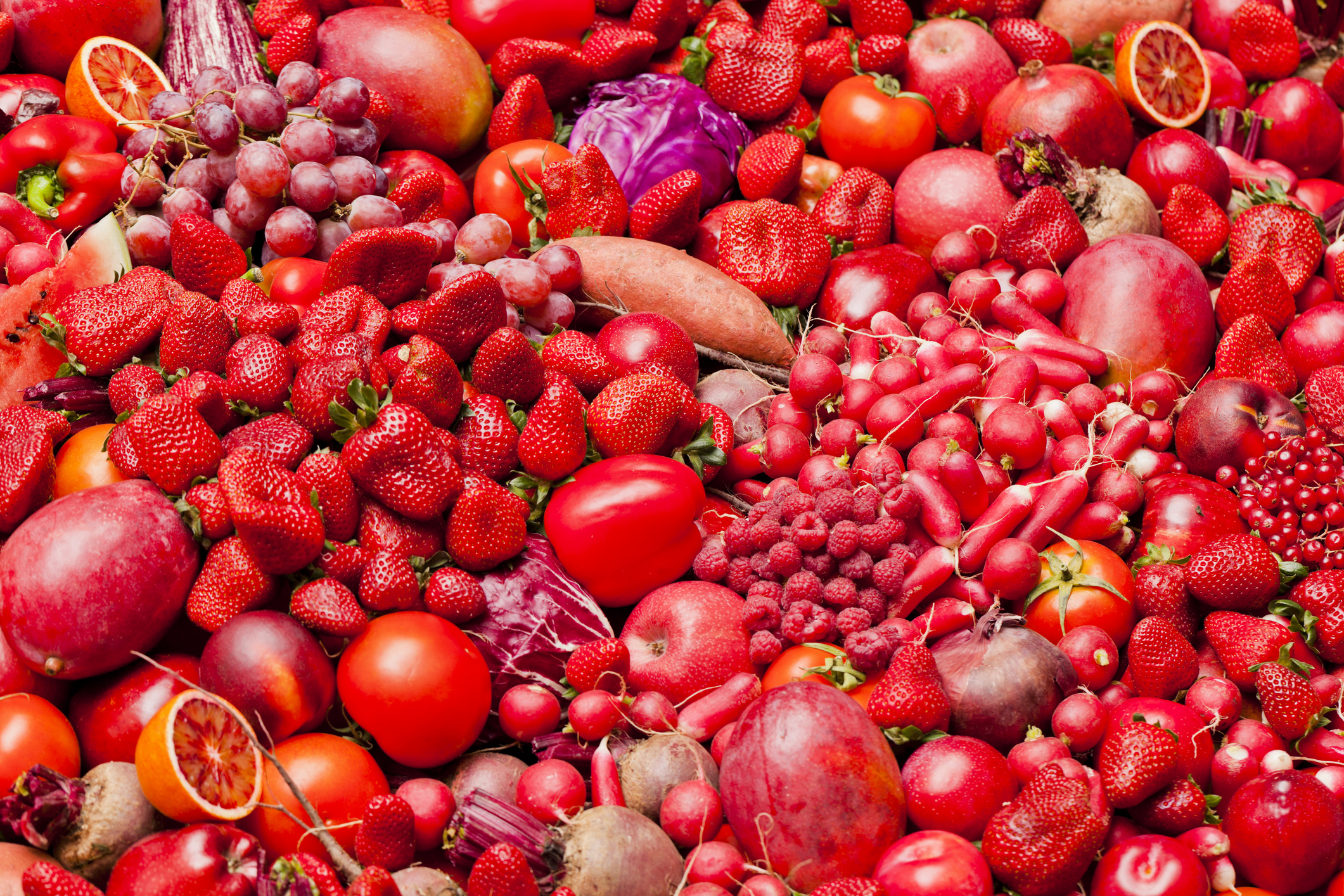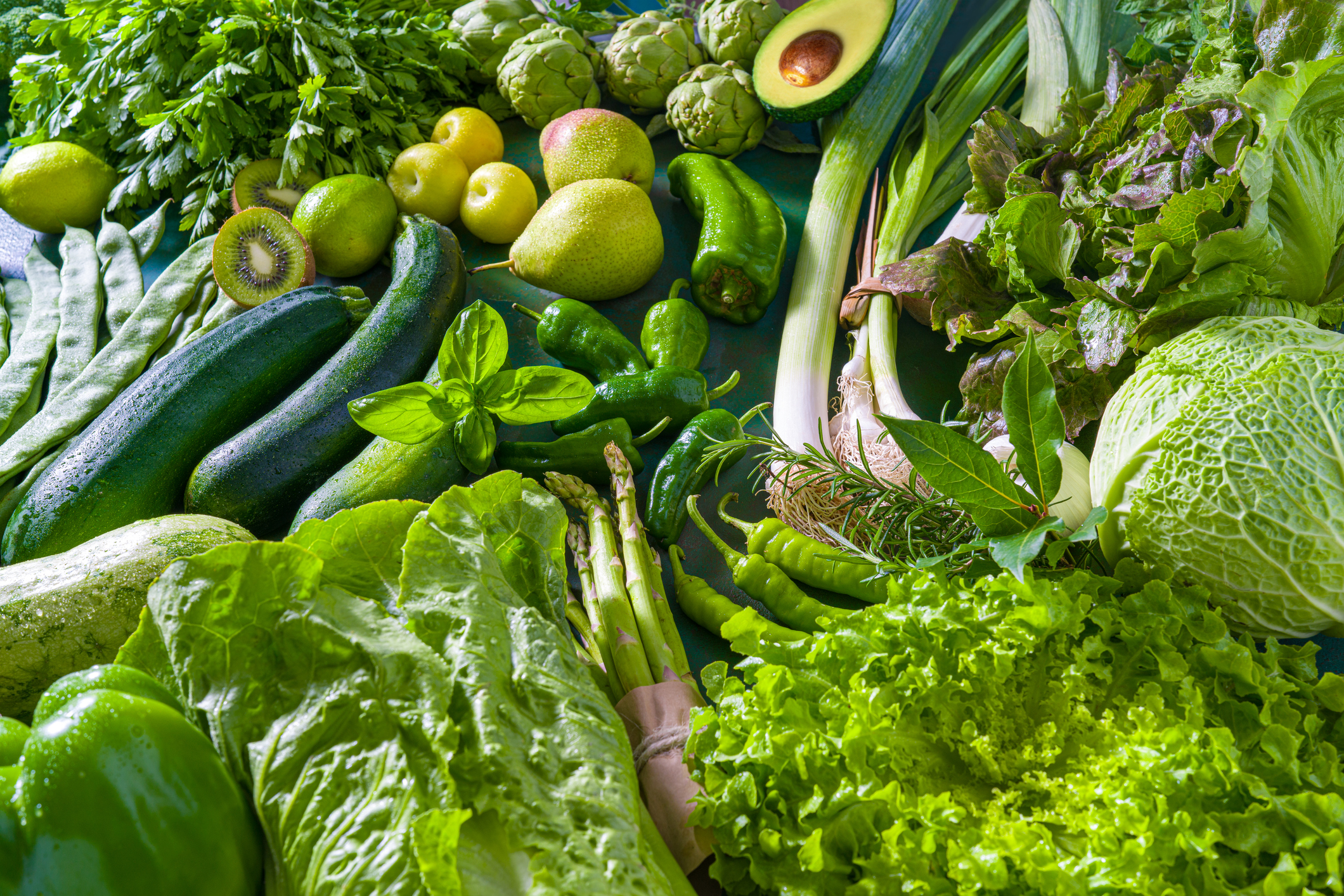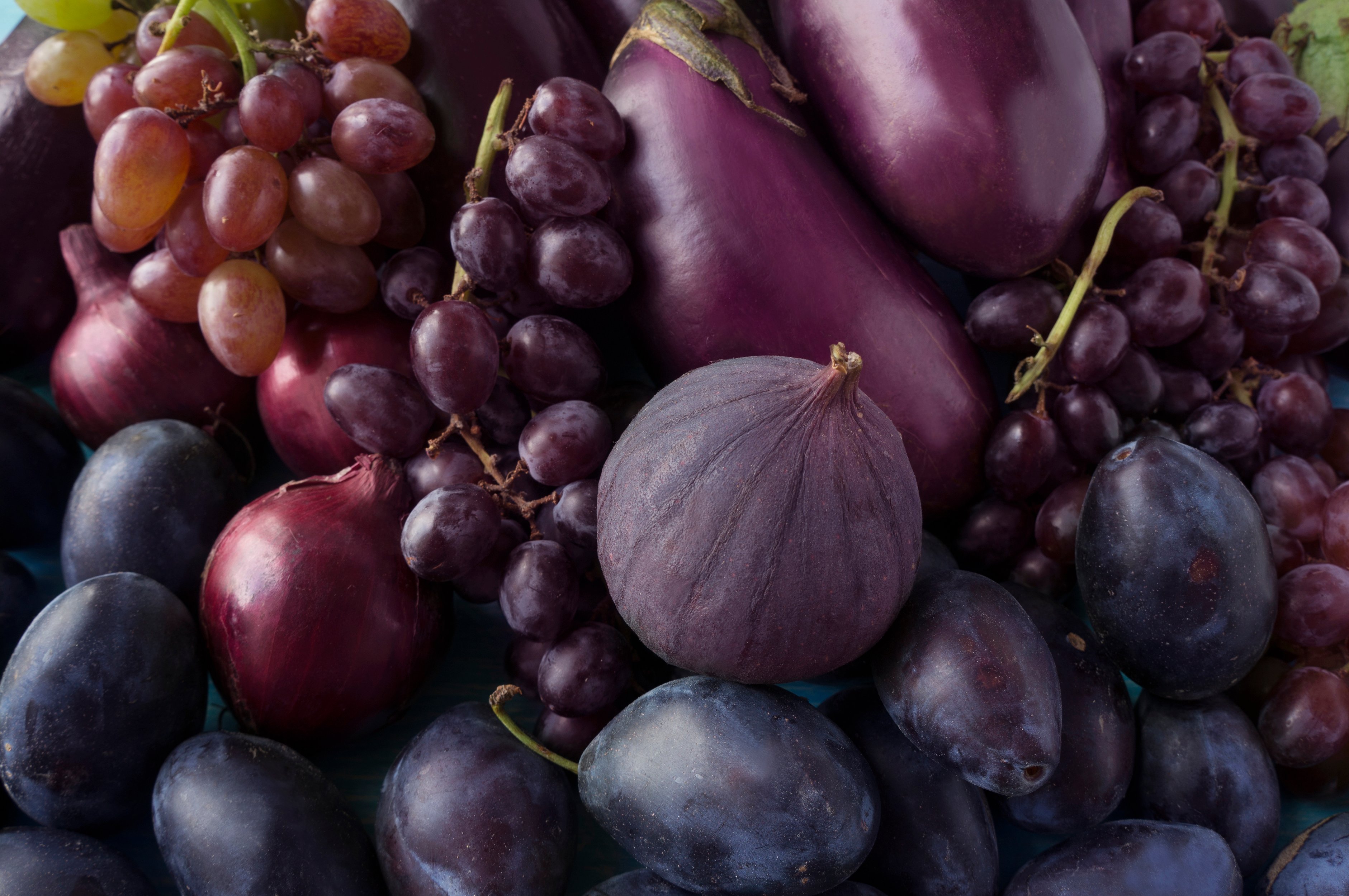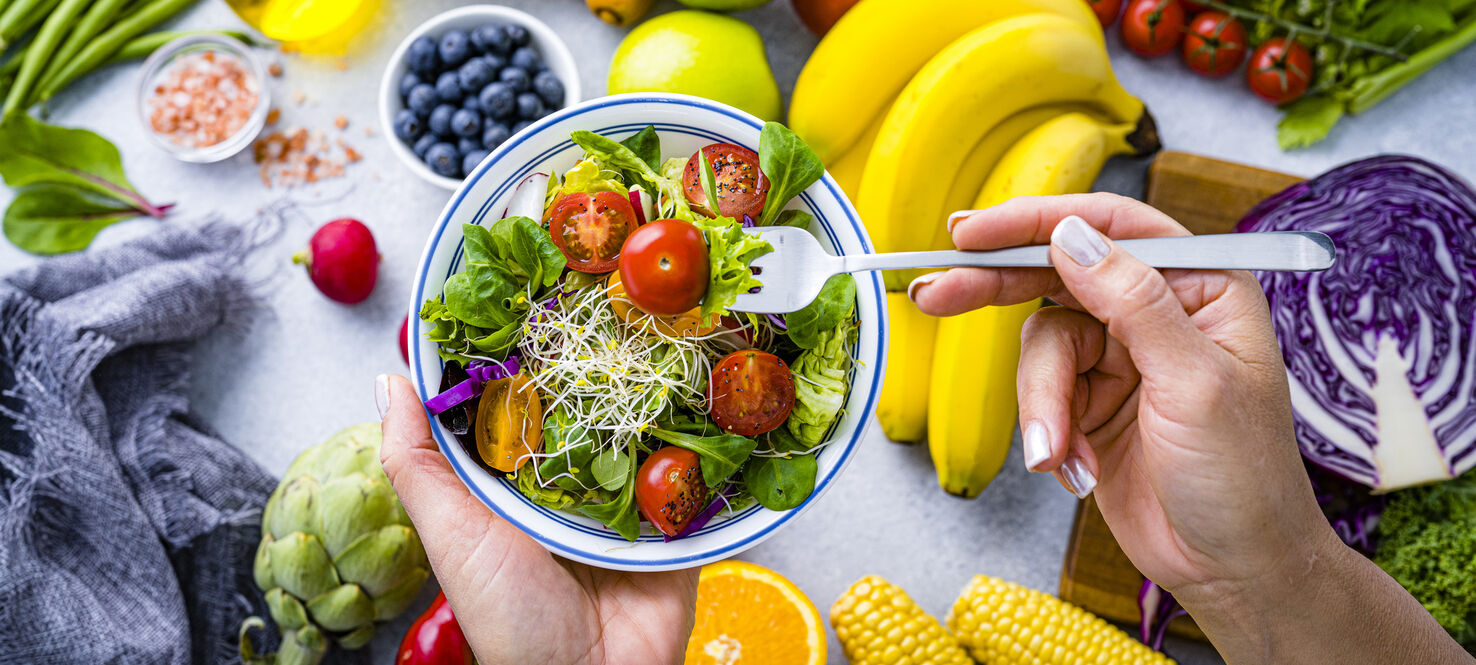Dietitian Reveals How Eating the Rainbow Can Prevent Cancer; Boost Overall Health
When dietitians recommend eating the rainbow, they are encouraging the consumption of a wide variety of colorful fruits and vegetables. But why? Each color is associated with unique phytochemicals and essential micronutrients. By including a variety of colors in your diet, you can ensure you meet your daily needs for vital nutrients such as Vitamin C, Vitamin A, Vitamin E, potassium, magnesium, zinc, folic acid and more.
This colorful approach to eating not only boosts overall health but also helps in cancer prevention and disease reduction. Here's how each color benefits your health and how to incorporate them into your daily meals:
 Red
Red
Red indicates the presence of lycopene. Lycopene is an antioxidant that has been linked to reducing prostate cancer progression, among other benefits.
Reach for red bell peppers, tomatoes, watermelon, strawberries, cherries and raspberries.
 Orange and Yellow
Orange and Yellow
Orange and yellow fruits and vegetables are filled with alpha and beta carotene, which are eventually converted into the active form of Vitamin A. Vitamin A helps keep your eyes, bones and immune system healthy.
Reach for carrots, yellow or orange bell peppers, sweet potatoes, butternut squash and cantaloupe.
 Green
Green
According to the National Cancer Institute, green vegetables such as broccoli and kale provide compounds called indoles and isothiocyanates, which inhibit the action of carcinogens.
Reach for kale, spinach, broccoli, asparagus, kiwi and avocado.
 Blue and Purple
Blue and Purple
Blue and purple are associated with anthocyanins and proanthocyanins, which are antioxidants that support heart and brain health.
Reach for blueberries, red onion, red cabbage, plumbs, blackberries and eggplant.
For more information about foods that fight cancer and the benefits of specific fruits and vegetables, visit https://www.aicr.org/cancer-prevention/food-facts/.
This article was written by clinical dietitian Josie Wiles.



